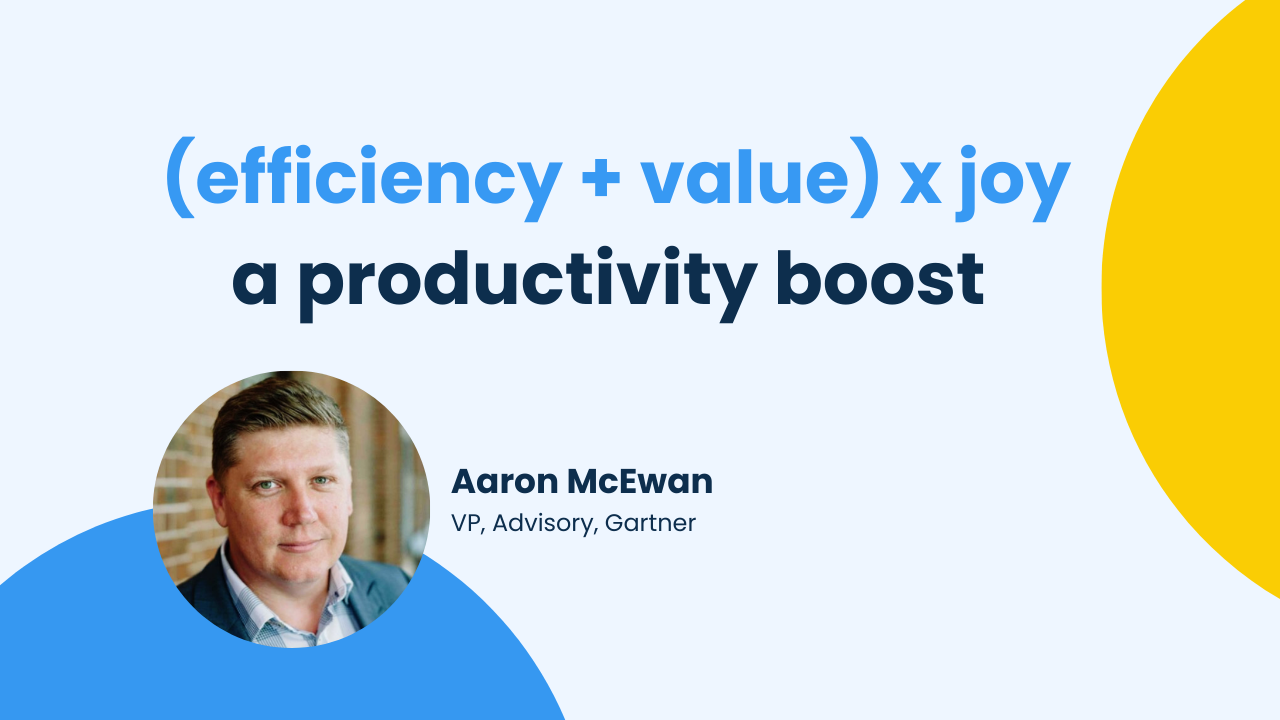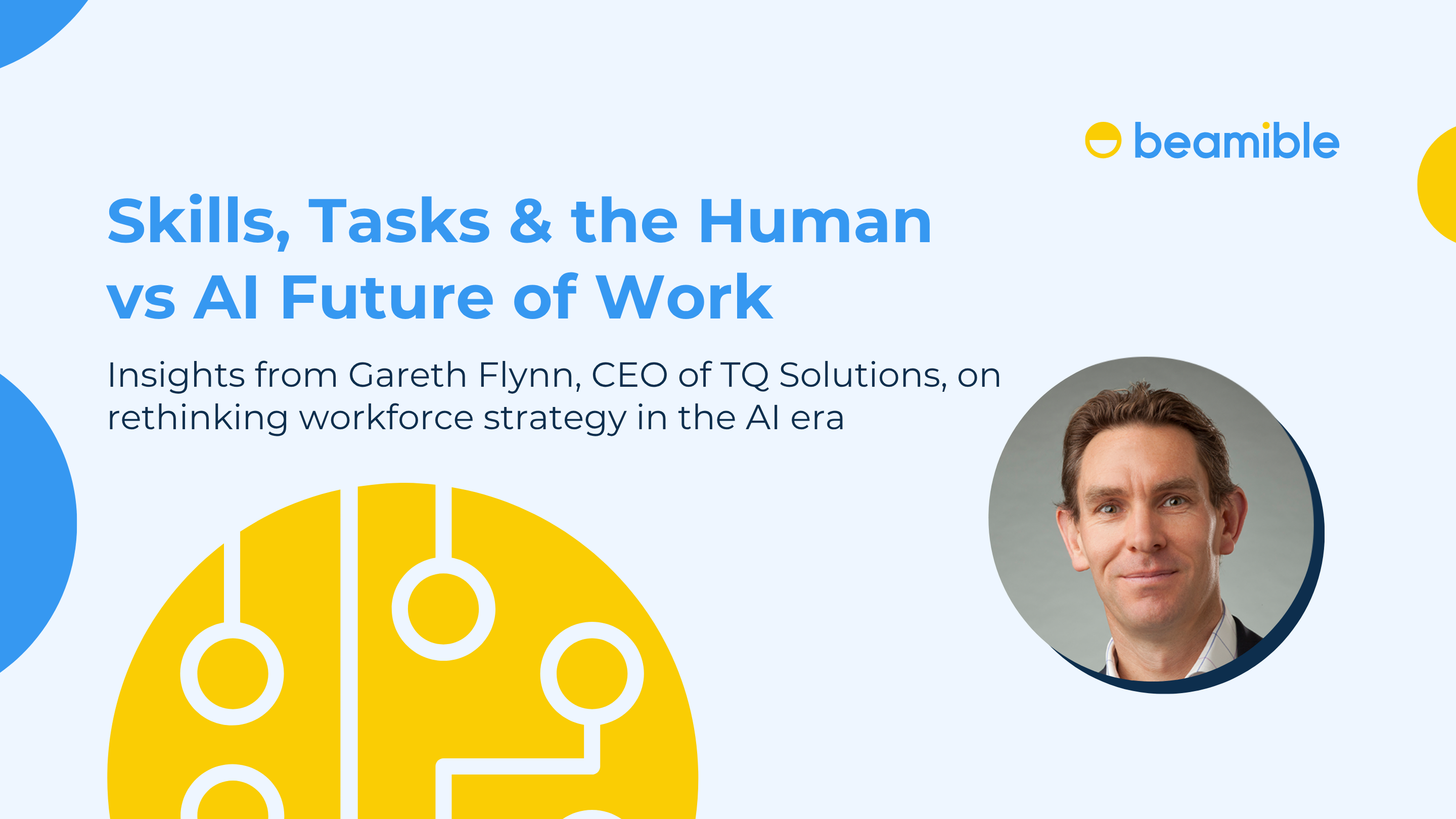“Give me 5 hours of power in the office and I’ll perform like a gold-medal Olympian.”
For some of us – us with busy-as-anything days, weeks, years – working part-time is the most intense, productive, efficient and results-oriented working we’ve done in our lives. Gone are the days when we’d have time to organise our social lives in work hours, when we could text surreptitiously under the desk, go for multiple coffees, a run at lunch or sit-down sushi.
I’ve never been a sprinter, on the track or in the pool; I’m not into fast cars or adrenalin sports. But I can tell you: give me 5 hours of power in the office and I’ll perform like a gold-medal Olympian bolting out of the school gate blocks and crossing the finishing line at the 3pm bell, chest first. Such is the daily routine of a working parent.
You’d think business owners, CEOs and HR managers would be falling over themselves to attract such productive assets to their businesses. What if there was a process that could reduce costs by increasing efficiencies? Invest! What if there were a brand new building with a ping pong table and breakfast for free every morning that would reduce attrition? Invest! What if there were a new customer experience that would improve end customer satisfaction and thereby revenues? Invest!
A study by Ernst & Young found that part-time working parents are more productive, more loyal and generate higher end customer satisfaction. Invest? No thanks.
It doesn’t add up.
Earned not hired
Until now in professional Australia, part-time work has been earned not hired. If you’re working full-time then have parental leave, you have a right to ask for part-time and most of the time it is granted (I haven’t forgotten about the 20% of women who have either been made redundant on mat leave or had their employment otherwise significantly altered during or after parental leave – but that’s another battle for another day).
Sometimes part-time is given because the company truly values their people and know their knowledge of and value to the business is way more important than their capacity to work full time. Even if this is not the attitude, the costs of replacing a professional employee can be up to 70% of their annual salary, so let’s just keep them on 3 days if that’s what they need. Either way, this employee has ‘earned’ their part-time working rights.
Good luck finding a new professional part-time role! An individual with exceptional skills in digital/ tech sales searched for relevant full-time roles on Seek; 10,000 popped up. When she put the part-time filter on, three roles stood lonely on the screen. If great talent is being retained part-time because they add so much value, why wouldn’t a competitor want to hire them?
It doesn’t add up.
Flexibility is the golden ticket to gender parity
Most large companies are now seeking to increase their gender diversity at the middle and upper ranks.
Sometimes it’s because they can do the math – there is an undeniable economic impact on their business and the national GDP having women in leadership positions. Female CEOs in the ASX 300 delivered a 9% increase in revenue in 2016, compared to the group-wide average of 0.5%. Yet female CEOs only represented 3% of the ASX 300 and 4.8% of the ASX 200, less than men named John, Peter and David. Sometimes it’s because everybody is doing it and who can say a bad word against diversity?
Either way, as ex-Executive Director of UN Women Australia and now Chief Diversity and Inclusion Officer at PWC, Julie McKay recently wrote: “inclusion and flexibility are inextricably linked.” But only 6% of managers work part-time! Once again, I’m scratching my head – why don’t more organisations offer part-time to get more women into management and leadership roles?
It doesn’t add up.
Are part-timers lazy?
Here’s what I think. I think part-time has a bad reputation. When you try to understand why there aren’t more part-time roles offered, when you dig a bit deeper, when you really push, you hear that part-timers are not desirable. They’re one foot in, one foot out. They’re half-committed. They’re clock-in, clock-out. They’re lazy.
They’ve got other things going on in their life, so work is not the be-all and end-all. Do they live and breathe work? Will they wait at their desk until the Partner’s gone home? Will I be able to ‘see’ that they’re always here?
The ‘optics’ view of optimising profits is an old view: the more work I can see people doing, the more work is being done. Wrong.
Do we need to ‘re-brand’ part-time?
It’s not just working mothers, or even working parents who want to work part-time, or who should be able to work part-time. 86% of respondents to the 2017 Hays Salary Guide indicated ‘flexible work practices’ as the most important benefit to them when looking for a new job. And while work-life balance has been in the top 3 drivers of engagement for Australians for years, this year for the first time, according to research by CEB, it is the number one reason why people will leave an organisation. There is a grass-roots uprising demanding part-time that is turning the tide.
Who are they? People caring for sick or elderly loved ones, unpaid, more than 20 hours a week (currently 1 in 8 Australians). Portfolio career seekers – for variety, stimulation and more diverse professional learning. People studying MBAs and PhDs. People with the creativity and drive to be starting a side-hustle. Professional athletes, who know that dual careers drive better performance. And of course where we started, with parents who are helping our next generation to survive and thrive.
Do they sound half-committed? Do they sound lazy? Do they sound like the type of people you’d like to exclude from your workforce?
There are winning leaders out there who know this talent pool to be the competitive advantage it is. Just look at Hivint, a cyber security start-up that is taking off. Look at Social Ventures Australia, who attracts the best of the best from Bain, McKinsey and BCG to do purpose-led consulting work. Look at the ATO, who are shaping Australia’s economy. And Mirvac, who saw a 20% bump in their engagement by introducing leading flexible work practices for everyone.
It’s not part-time, it’s smart-time
Start-up guru Annie Parker said it how it is: ‘part-time’ just sounds like an archaic term from the dark-ages. And that’s because it is part of the industrial age’s 40 hour work week structures that we are all force-fitting our digital, always on, lives to. At Beam we call it smart-time: optimal work arrangements, designed for job outcomes and talent preferences.
But it’s not just part-time that needs to re-brand. If companies want to attract the best people, they’ll need to re-focus their talent decisions on outcomes and on providing a career that makes for an attractive component of people’s broader lives. For many this means smart-time, career-worthy roles with socially conscious organisations. And they’ll need to get that new brand out there to make sure they can attract the best.
Our mission at Beam Australia is to build a destination where companies who offer just that will be able to market themselves to the best smart-time talent in Australia, Beamers. And a place for that talent to find the best places to work – the most stimulating, career-worthy part-time roles in Australia.
Smart-time means hours of power. Beamers are people who can accomplish an extraordinary amount in compact blocks of time. They’re people who have diversity in their lives, which feeds their motivation for work and enriches the perspective they bring to work.





